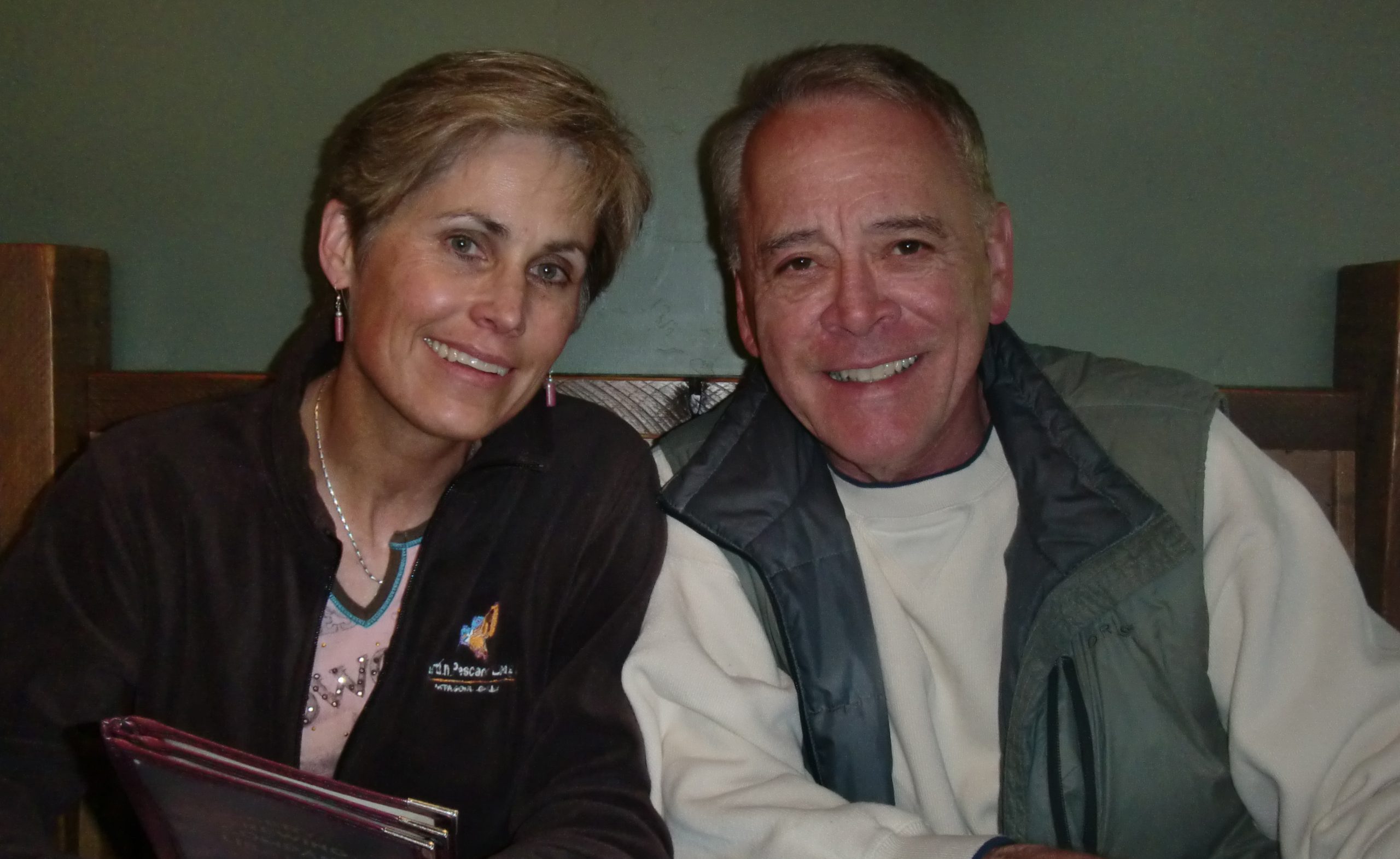The University of Kansas School of Medicine campus in Salina is expanding.
According to KU, plans are now underway for a $3.4 million expansion of the Salina Health Education Center, which serves as the home for the Salina campuses of both the KU School of Medicine and KU School of Nursing.
When plans were originally developed to establish a new Salina medical campus for KU in 2016, the project was intended to house only the medical school. In 2017, the KU School of Nursing announced plans to also establish a program in Salina and both schools were able to share space in the Salina Health Education Center when the building opened in June 2018.
Enrollment for the nursing program was planned to increase over time. The first two classes of nurses in the 2017-2018 and 2018-2019 school years were capped at 12 students. This fall, the entering class expanded to 18 students. The entering class will again expand to 24 students for the 2020-2021 school year. Then, there will be 48 total third- and fourth-year nursing students on campus each year thereafter.
The KU-Salina nursing program offers a Bachelor of Science in Nursing to admitted students who have completed their first two undergraduate years of education at a regionally accredited college or university.
“The additional space is designed to be shared by both schools and will continue to allow us to develop interprofessional education between medical and nursing students,” said Lisa Larson, PhD, RN, dean of the KU School of Nursing-Salina campus. “The expansion is greatly needed to accommodate the expansion of nursing class sizes, which begin this fall.”
The expansion of the Salina Health Education Center will utilize 15,871 square feet of vacant office space already connected on the south side of the facility with frontage on Phillips Plaza in downtown Salina. The space was formerly used by the Salina Area United Way, State of Kansas Department of Corrections, Copeland Insurance and a number of other businesses over the years.
The new space will offer a seamless interior connection to the rest of the Salina Health Education Center and provide dedicated offices for faculty and additional space for classrooms, testing and study areas, as well as clinical skills labs and conference rooms.
Don Marrs, DMA Architects, Salina, is currently completing the design-development phase of the project. Construction is expected to be completed by December 2020.
The Salina Regional Health Foundation and KU Endowment are partnering to raise funds for the project.
“Donors may support the expansion project by giving through KU Endowment or our Foundation,” said Tom Martin, Salina Regional Health Foundation executive director.
“This project supports the common good of the KU medical and nursing schools and their common missions to train doctors and nurses who will serve the future medical needs of rural Kansans,” said Joel Phelps, Salina Regional Health Center president and chief operating officer.
The University of Kansas School of Medicine-Salina opened with its first class of eight students in 2011, establishing itself as the smallest four-year medical school in the United States. Five classes of doctors have graduated to date. For those graduates who have already completed their primary care residency training, more than half are practicing today in Kansas across several rural communities.
The University of Kansas School of Nursing-Salina graduated its first class of students this past spring. The graduates spent the summer completing boards and are now starting to attain employment.
The Salina Health Education Center is owned by the Salina Regional Health Foundation and was made possible through the $9.2 million Blueprint for Rural Health Campaign. The schools use the facility rent-free.
“The growth and success of these programs certainly wouldn’t have happened without the dedication and support of Salina Regional Health Center, the Salina Regional Health Foundation, Dane G. Hansen Foundation and so many others throughout the community and region,” said Bob Moser, M.D., dean of the KU School of Medicine-Salina campus. “What has already been achieved with the establishment of these schools and student success has gone beyond what anyone could have hoped for.”
“This new expansion would not be possible without the vision and support from the Salina community,” said Robert D. Simari, M.D., executive vice chancellor for the University of Kansas Medical Center and executive dean of the KU School of Medicine. “Working together, we aim to provide health care professionals for rural Kansas and beyond.”



